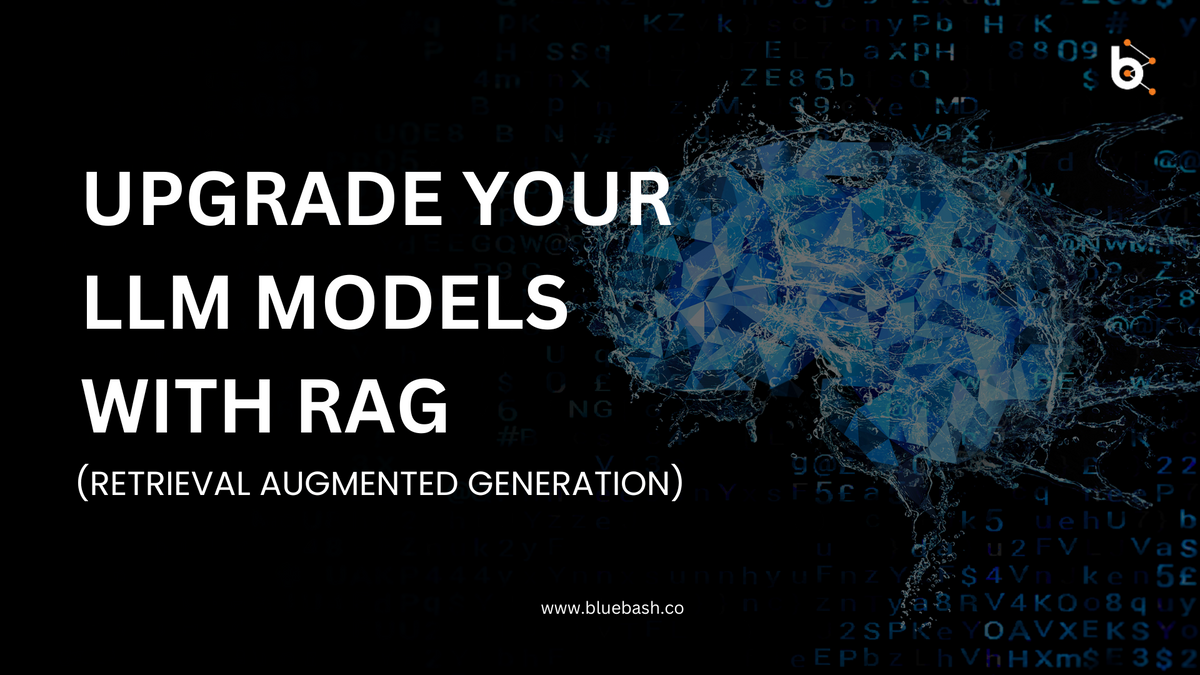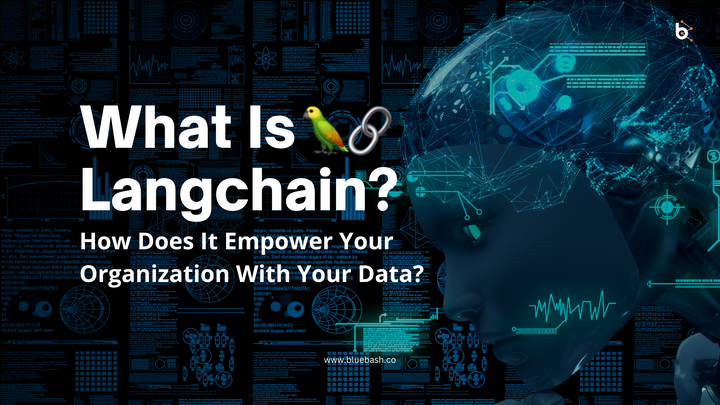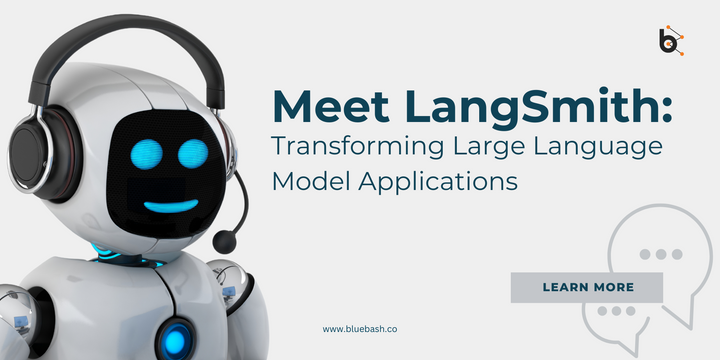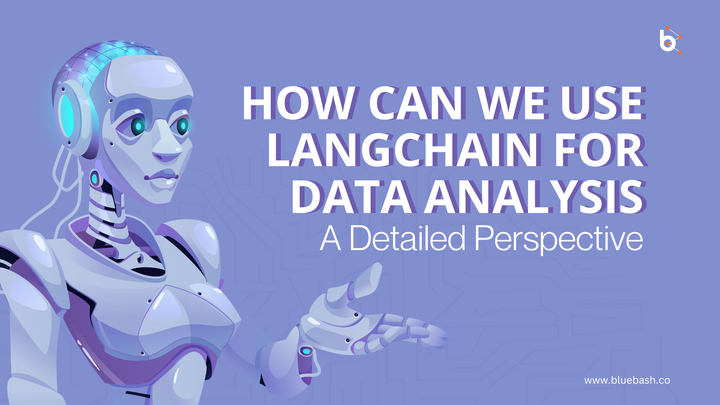Upgrade Your LLM Models With RAG

Retrieval Augmented Generation (RAG) is a new approach to generative AI that combines the strengths of large language models (LLMs) and information retrieval (IR). LLMs are powerful at generating text, but they can be inaccurate and surprising, especially when it comes to factual knowledge. IR systems are good at finding relevant information in large databases, but they can't generate new text.
What Is RAG?
RAG works by first retrieving a set of relevant documents from an external knowledge base, such as Wikipedia. The retrieved documents are then connected with the original input prompt and fed to the LLM. The LLM then generates a response based on the combined input.
Where Can RAG Be Used?
RAG can be used to improve the performance of a variety of AI applications, including:
- Question answering: RAG models can be used to develop question-answering systems that can provide more accurate and comprehensive answers to user queries.
- Research assistance: RAG can be used to help researchers find relevant information and to generate possibilities.
- Translation: RAG models can be used to make translation systems that provide better, more accurate, and natural-sounding translations.
- Code generation: RAG models can be used to develop code generation systems that can generate code that is more efficient and bug-free.
- Creative writing: RAG models can be used to develop creative writing systems that can generate more creative and engaging text.
- Summarization: RAG models can be used to develop summarization systems that can generate more informative and concise summaries of long documents.
How Is RAG different?
RAG is different from traditional LLMs in two ways:
- It uses a knowledge base to ground its responses. This means that RAG is less likely to generate hallucinations or outdated information.
- It is transparent about its sources. RAG can provide users with links to the knowledge sources it used to generate its responses. This allows users to verify the accuracy of the information and to learn more about the topic.
RAG makes LLM models better by providing them with access to external knowledge sources. This allows LLM models to generate more accurate, informative, and comprehensive responses. For example, if an LLM model is asked to answer a question about a historical event, RAG can retrieve relevant documents from Wikipedia and provide the LLM model with the information it needs to generate an accurate answer.
What Can Be The Use Cases?
Here are some specific use cases for RAG:
- Customer service: RAG can be used to create customer service chatbots that can answer customer questions accurately and efficiently.
- Education: RAG can be used to create educational chatbots that can help students learn new concepts and skills.
- Entertainment: RAG can be used to create chatbots that can provide users with entertainment, such as telling stories, playing games, and generating creative content.
- Research: RAG can be used to create chatbots that can help researchers find relevant information, generate hypotheses, and write papers.

What Are Its Benefits?
RAG has numerous benefits, including:
- Improved accuracy: RAG generates more accurate responses than traditional Large Language Models LLMs. This is because it is grounded in a knowledge base of reliable information.
- More up-to-date information: RAG can provide users with the most up-to-date information, even if it has not been explicitly trained on that information.
- Enhanced diversity: RAG models can generate a wider range of responses than traditional generative models. This is because RAG models are not limited to the knowledge that is explicitly encoded in their parameters. Instead, they can draw on the knowledge that is stored in the external knowledge base.
- Transparency: RAG allows users to see the sources of information that it uses to generate its responses. This makes RAG more trustworthy and reliable.
- Versatility: RAG can be used for a variety of tasks, including question-answering, content creation, and research assistance.

How Can RAG Improve Chatbots?
RAG can improve chatbots in a number of ways:
- It can make chatbots more informative. RAG can help chatbots to provide users with more accurate and up-to-date information.
- It can make chatbots more engaging. RAG can help chatbots to generate more creative and interesting responses.
- It can make chatbots more trustworthy. RAG can help chatbots to build trust with users by providing transparency into their sources of information.
Beyond The Basics
RAG is a powerful tool that can be used to improve LLMs in a number of ways. However, it is important to note that RAG is still under development, and there are some challenges that need to be addressed before it can be widely deployed.
- One challenge is that RAG requires a large and high-quality knowledge base.
- Another challenge is that RAG can be computationally expensive to run.
This is because it needs to retrieve and process information from the knowledge base before generating a response. Despite these challenges, RAG has the potential to revolutionize the way we interact with computers. By making LLMs more accurate, up-to-date, and transparent, RAG can help us to create more trustworthy and intelligent AI systems.
Future of RAG
RAG is a rapidly evolving field, and researchers are constantly working to improve the technology. One area of focus is on developing more efficient and scalable retrieval and generation algorithms. Another area of focus is on developing new ways to integrate Retrieval augmented generation with other AI technologies, such as machine learning and natural language.
Conclusion
RAG is a promising new framework for improving the quality of LLM responses. It is still under development, but it has the potential to revolutionize AI systems the way we interact with computers.
By making LLMs more accurate, up-to-date, and transparent, RAG can help us to create more intelligent and trustworthy AI systems. RAG can be used in a variety of applications, including customer service, education, entertainment, and research.



